Ocean: posthuman body
- Buket Yenidoğan
- Apr 20, 2022
- 5 min read
Updated: Jun 12, 2022
Ocean: Posthuman Body is a multimedia project with multiple outcomes, exploring a speculative spirituality based on the ocean-ness of the body ; through creating a future mythology, rituals and a new value system using technics of real-world interviews, performance, instrument-making, world-building, physical making and poetry. It explores the ocean as a continuous entity that connects the totality of more-than-human into kin, sharing the same water, carrying the same ocean beyond time and matter.
My research process followed a non-linear fashion of rejecting the rational human model, and leaning on the unconscious mind's seemingly arbitrary decisions, then to expand on investigating on these decisions as a researcher. However here in this post, I will try to de-tangle this process into an organic growth.
The Embodıed Water
All living tissue has water and evolved from the primordial soup of the ocean. What if they were to go back to the ocean? What if they have never left the ocean? What if they are the ocean?
Can our terrestrial dislocation be seen as a temporary residency which entailed the suffering and the illusion of disconnection from our kin? Aren't we all from the ocean, from the same womb of the same mother?
Astrida Neimanis writes in her influential essay Hydrofeminism or on Becoming a Body of Water*:
The space between ourselves and our others is at once as distant as the primaeval sea, yet also closer than our own skin-the traces of those same oceanic beginnings still cycling through us, pausing as this bodily thing we call "mine."
Inspired by her ideas, I went on to explore my understanding of the human body as opposed to or a passage to the idea of a posthuman body.

Diagram 1, Buket Yenidogan (2021)
Skınless: detachıng from the boundarıes
I remember a science exhibition I visited as a child; Bodies: The Exhibition series. I was fascinated by the real organs and muscles and veins that were preserved through the plastination process. These images bring up another flashback to my mind. I am cooking with my mother, it is the Sacrifice Festival in my Muslim country. We sacrificed a lamb, now I am cutting its flesh under my fingertips. How squishy are its organs, stomach, liver and heart, all to be cut to pieces, just like ours?
When did the mammals grow thick skin? Is it our skin that divides us, that separates the posthuman body?
I dwelled in the realm of oceanic animals and embraced the squishy fishy-ness which reminded me of our organs and flesh under our skin. We are all these squishy wet organs under these skins. What if we take the skins out? Would we get closer to our aquatic origins?
Ritual of Rejoin, Multimedia Installation, Latex, Stones, 3 Channel Video (2021)
buıldıng a speculatıve spırıtualıty through rıtuals and mythology
Embracing the idea of the ocean as our posthuman body detaches post-humanity from its seemingly futuristic characteristics, and brings it to the here and now. This follows the popular discourse in the critical posthumanism fields that we are already posthuman.
Then, what stops us from switching on to this reality which would potentially bring an understanding of a heterogeneously connected more-than-human world, diminishing dichotomies and boundaries? The answer I stated to myself through my reading was that it is our reality. The reality we have built and decided to live in, our metaphysical understanding which was built on the ideals of Humanism of Renaissance.
Philosopher Federico Campagna** explains the arbitrariness of metaphysics in his book Technic and Magic clashing these two equally real realities. Then, we should be able to shift our condition from human to posthuman by transforming our sense of reality, our subconscious patterns, societal norms, ideology and belief systems in place.
As an artist, I took the duty of enabling this transformation through building a new spirituality which unlocks a new understanding of the body as the ocean, as well as re-enforcing this through a belief system, rituals and myths.

Diagram 2, Buket Yenidogan (2021)
Rıtual of rejoın
Belief systems that the humanity is bound at the moment has been developed and rooted in our current collective consciousness through centuries. Instead of moving from there, my project selects to be on an alternative timeline, on an alternative future.
In the first stage of the project I focused on a spirituality which started to evolve on an alternative future where society is living on the edge of the global flood due to the accelerated ocean level rise. For them ocean becomes the source of love and fear, begining and end, womb and tomb. They identify with the ocean and recognise their bodies as watery and fishy as they are. Their myths tell about a baby which was born in the ocean, never coming back to land, leaving their skin and embracing their ocean-ness.
They re-enact this myth through a ritual called , the Ritual of Rejoin. In this ritual, women of this society transitions to a state of trance, beating the fear of death, they walk towards to ocean. The re-immigration, is the start of their cetaceanic dream or rejoining the ocean.
Ritual of Rejoin, Short film Trailer, Buket Yenidogan (2021)
Weavıng Wet Worlds
Motherhood and the gestational body are investigated both metaphorically and physically in the Hydrofeminist theory*. The ideas that my short film and the poem carried around the ocean "as the mother, the nurturer and torturer", and "womb becoming the tomb" led me to expand the area of maternal loss and abortion. I investigated two women who experienced maternal loss through chosen and forced abortion, under a careful ethical research methodology. After that, considering the ecological characteristic of my alternative reality, I included a specialist environmental policy consultant on my interviewee list. We talked about ocean-related environmental policies, as well ideals of ocean futures.
The parallels between these three wet worlds, allowed me to build a new value system for this speculative society. The personal transformation that the women who had been through the maternal loss were the same kind of transformation that Astrida Neimanis was theorising about and the environmental policy maker was fighting for. I collected and summarised these overlaps into three deities symbolising various common themes; the mystery of cetaceans, care, change in the understanding of time and open relationships. Cetaceans became a symbol of bravery, wisdom and adaptation embodied by a whale deity figure with multiple eyes. The sea animal anemone and a human womb formed a hybrid creature as the deity of care and the endless potential. Lastly, the openness of relationships is embodied by a sea sponge, having continuous relationships with its environment, going beyond the classic distinctions of inside and outside, as self and the other.
Digital Art, Buket Yenidogan, 2022.
I created coins to represent a connection between our ancient value systems to theirs. Their coins were made of mirrors allowing a self-reflection every time they use them, instead of a shiny gold metal blinding the eye.

Digital Collage, Buket Yenidogan, 2022.
You can watch my presentation of this research process and the Posthuman Art Network Residency from the link below.
Residency Process Overview interview, Buket Yenidogan, 2022.
* Gunkel, Henriette, et al. Undutiful Daughters : New Directions in Feminist Thought and Practice. New York, Palgrave Macmillan, 2012, p. 85.
** Campagna, Federico. Technic and Magic : The Reconstruction of Reality. London I Pozostałe, Bloomsbury Academic, 2019.
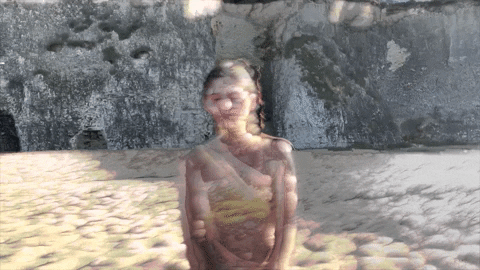
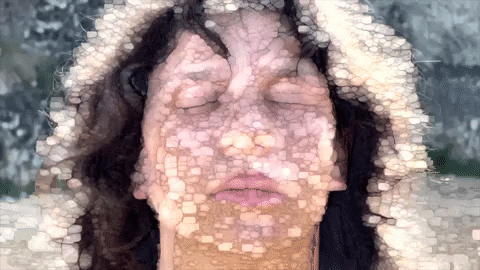
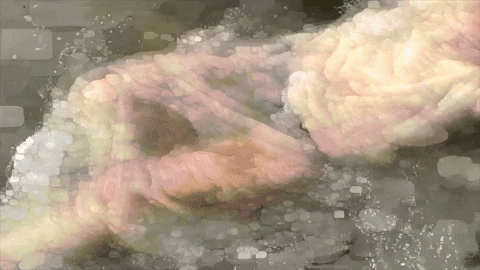





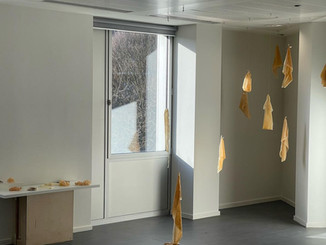






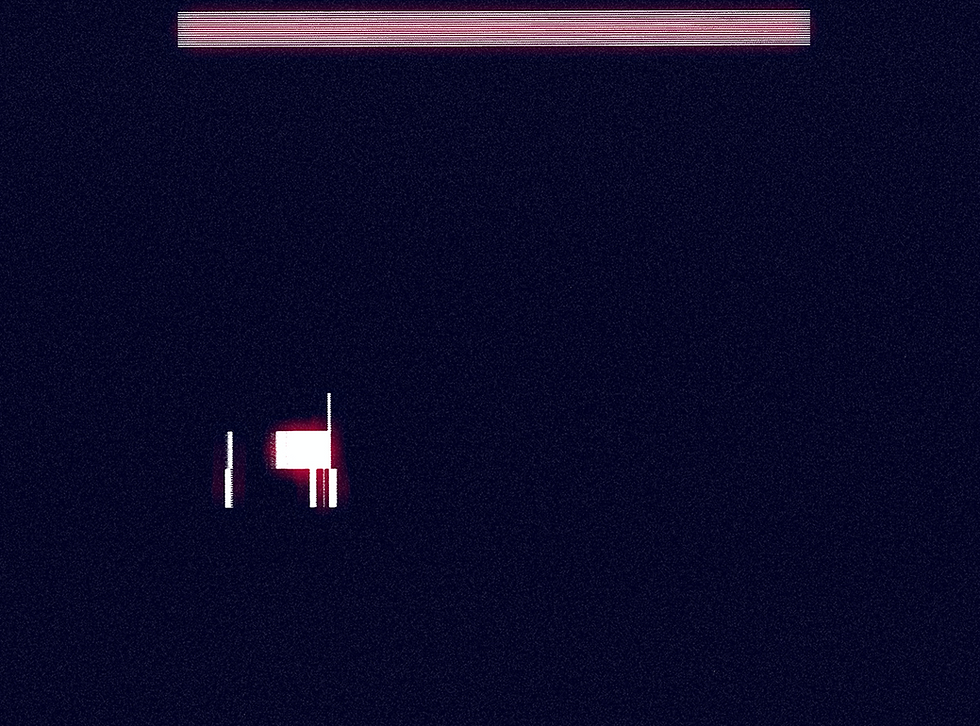

For anyone on a self-improvement journey, the Big 5 Personality Test provides a clear and actionable framework. It shows you your strengths and areas for potential growth.